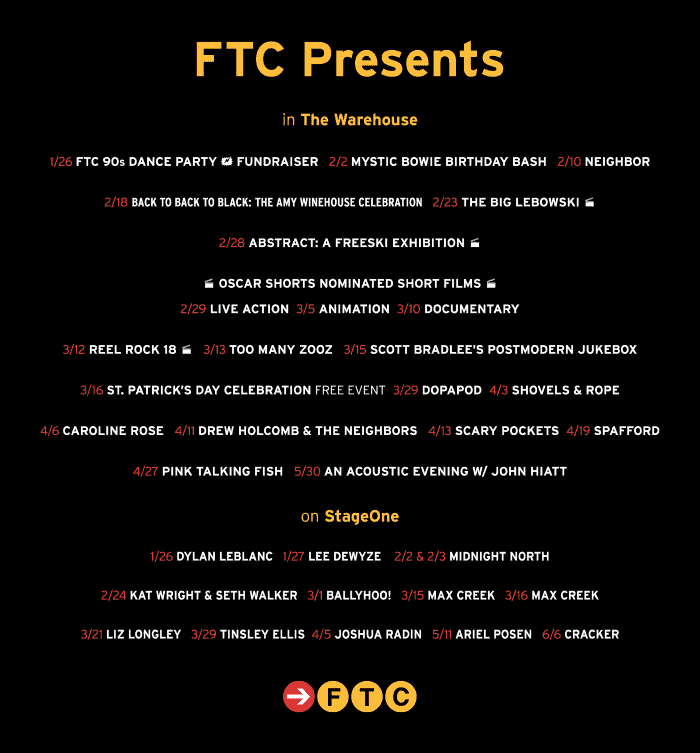The National Trust for Historic Preservation has awarded the Bird Homestead nonprofit a prestigious, nationally competitive grant from the Johanna Favrot Fund for Historic Preservation. The $7,000 matching grant will support an interpretive plan for the Voris-Gedney Archeological and Environmental Preserve, which occupies an acre of habitat between the Bird Homestead and the Meeting House on Milton Road. The group works to restore and operate both historic properties for educational purposes.

The project will involve a multi-disciplinary team and will recommend ways to make the site come alive with history and meaning for visitors. “The National Trust is very supportive of this worthwhile preservation initiative,” said David J. Brown, executive vice president and chief historic preservation officer, in the award letter.
This is the fourth grant that the Bird Homestead nonprofit has received from the National Trust, the nationwide leader of the historic preservation movement. The group is an all-volunteer organization, composed of professionals who donate their time.
Nineteenth-century maps show three buildings on the property, which are no longer there. Two of them belonged to a successful African-American named William Voris. The other was the dwelling of John Gedney, a member of a prominent merchant family. It was rare for African-Americans to own property in the two decades before the Civil War. A glimpse of the stature of Voris can be seen in the historic African-American Cemetery in the town of Rye. His gravestone is both large and made of white marble, an expensive material.
An exciting aspect of the grant-funded work will be a survey of the area with ground penetrating radar, GPR. In archeology, GPR is a valuable, non-invasive technology used to locate archeological features without digging. GPR was in the international news this spring when a geophysicist used it to investigate the grave of William Shakespeare in Holy Trinity Church, Stratford-upon-Avon. At the Voris-Gedney site, it will be used to pinpoint and map the locations below ground of the foundations of the former 19th-century buildings.
GPR works by transmitting radio waves into the ground, which bounce back to a receiver creating a series of scans. The radar signal indicates when a change in material is detected. The technology requires a trained expert to interpret the data and map it.
As part of the project, a graphic designer will produce a handout for self-guided tours that will juxtapose the new map with a historical map. For the future, the Bird Homestead nonprofit will plan a site-orientation exhibit about Voris and Gedney inside the Meeting House. The interpretation of the archeological preserve for visitors will tell an important story of the region’s diversity in the 19th century, when Milton Harbor was a busy working port and Milton Road was called Main Street.
The focus on archeology also honors the life’s work of Junius Bird (1907-1982) of the Bird Homestead, who was a leading expert on the ancient cultures of the Western Hemisphere. In “American Anthropologist,” March 1985, the archeologist Craig Morris (who succeeded Bird as head of the Department of South American Archeology at the American Museum of Natural History) wrote, “Junius Bird… had been a guiding force in American Archeology for nearly half a century. His work on the early occupation of South America and on numerous aspects of Andean technology, especially textiles, set new standards of excellence and innovation. He was a pioneer in the development and use of absolute chronologies. His unending curiosity about the world around him made him one of the first to carefully collect a broad range of data and materials on ecology and climate.”
In a smaller way, the Bird Homestead nonprofit will spotlight the study of archeological remains with this regionally significant project. (Submitted)








